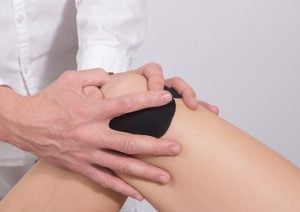 The holiday season ended and the sports one started. Many of you certainly have new resolutions that from autumn you will start fresh, because as we all know the holidays are the time to enjoy yourself and do little…On the other hand, it’s time when children come back to school, it’s associated with going back to the period of work and duties, and thus self-discipline. It is well known that sport is associated with various types of injuries and unfortunately they are often unavoidable. How to prevent them? And what is the “jumper’s knee syndrome”?
The holiday season ended and the sports one started. Many of you certainly have new resolutions that from autumn you will start fresh, because as we all know the holidays are the time to enjoy yourself and do little…On the other hand, it’s time when children come back to school, it’s associated with going back to the period of work and duties, and thus self-discipline. It is well known that sport is associated with various types of injuries and unfortunately they are often unavoidable. How to prevent them? And what is the “jumper’s knee syndrome”?
Dear athletes! Regardless of whether you are just a beginner or an advanced one, you should follow the two most important rules:
1. a decent warm-up before training and
2. stretching after training.
Both these elements, which should not be missing from any training, are the prevention of all injuries. As you know, prevention is better than cure!
Therefore, Just Health promotes prevention and presents you with one of the knee-related illnesses, which unfortunately often occurs among physically active people (but not only!). I hope that familiarising yourself with it will make you more aware during your training and you will immediately go to a physiotherapist, if any of the following symptoms occur to you.
This is the “jumper’s knee syndrome”, i.e. an overload-degenerative change in the ligament of the right patella. It is most common in people who often use the quadriceps quirk muscle. It may be descending from the stairs, running, crouching, but the activity that most burdens the discussed ligament is landing after the jump. Therefore, volleyball players, handball players, basketball players, etc. are amongst the most vulnerable to this ailment. Jumper’s knee syndrome manifests itself in pain and tenderness around the ligament of the right patella. You may get swelling. In the initial phase the pain occurs only after physical activity, but as the disease progresses also during warm-up, and in the last phase it will accompany you during the training without allowing it to continue.
Of course, the first ailments can not be underestimated, because untreated jumper’s knee syndrome can even lead to rupture of the ligament of the right patella. If you start to feel knee pain while warming up, during or after training, do not wait! Come and see a professional who will help you get back to full fitness.

